Charge and mass are the basic fundamental properties of matter. Today in this article we will have a detailed discussion on both charge and mass. We will also see differences between the charge and mass.
Charge
The charge is the basic electric property of any matter. The charge shows the polarity of any matter in terms of electric property. The charge is denoted by the symbol “Q” or “q”. The SI unit of the charge is Coulombs.
The Coulombs is also denoted by “I”. When we are talking about charge, we are mainly talking about two basic particles namely protons and electrons. The proton is a positively charged subatomic particle of matter.
On the other hand, the electron is a negatively charged subatomic particle of matter. The charge follows the fundamental property of conservation of energy which says that charges can neither be destroyed nor be created.
Also, another fundamental property that charge follows is that like charges attract each other and unlike charges repel each other. i.e. two protons (+) will repel each other. Similarly, two electrons will also repel each other. On the other hand, protons and electrons will attract each other.
Mass
Mass is also another basic property of the material that shows how much matter is present in a given material. The mass of the material is denoted by the symbol “m”. The SI unit of the mass is the kilogram (kg).
Many times we get confused between the mass and the weight also. The mass of any material or body remains constant. Hence, we can say that the mass of any material or body is independent of the place.
The mass of the matter is used to calculate the weight of the matter which keeps changing as place changes. This is due to the effect of the gravitational force.
Difference between Charge and Mass
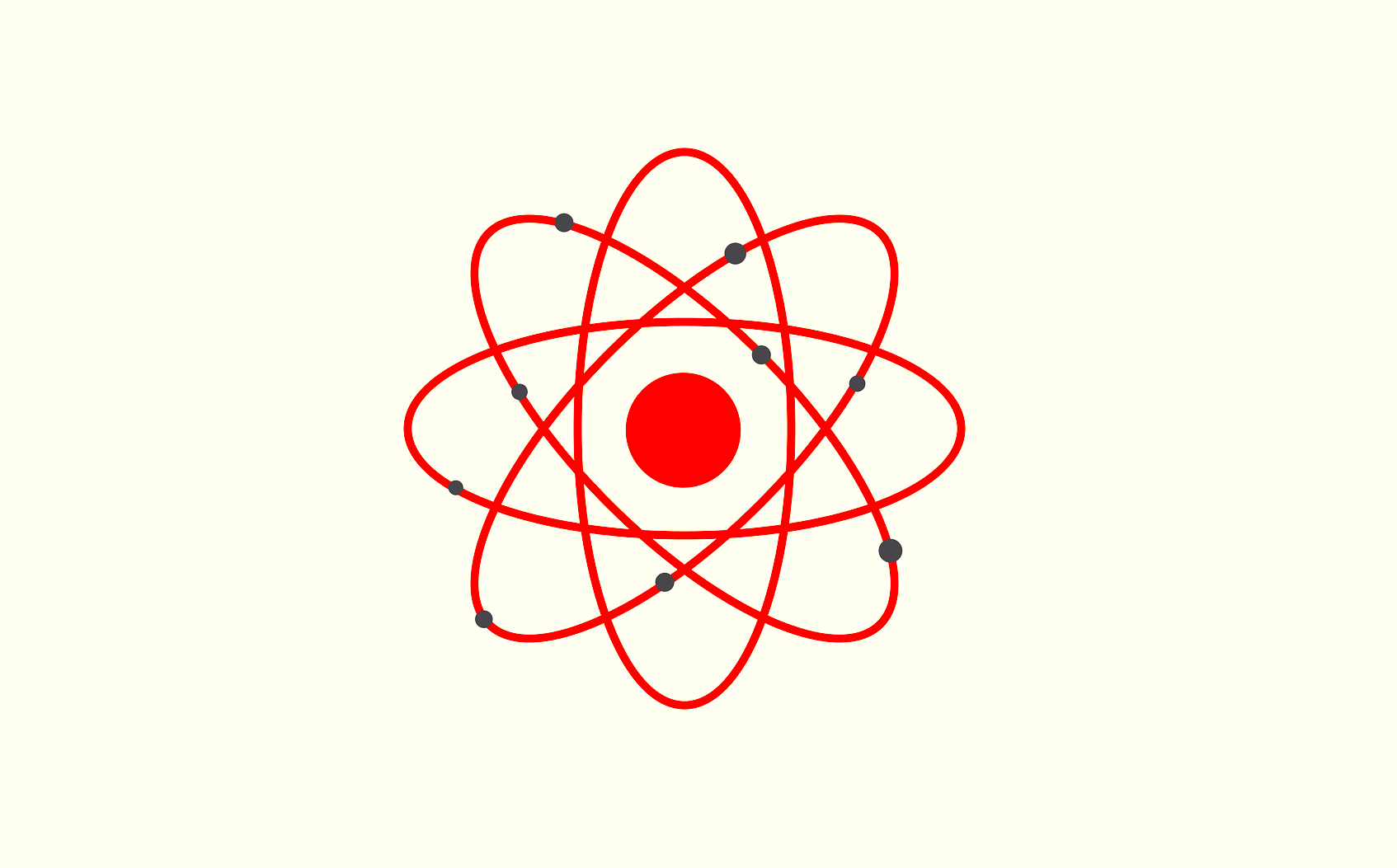
Let us have a look at some of the key differences between charge and mass:
| Charge | Mass |
| The property of the matter which shows the number of electrons or protons present in the body is Charge. | The property of the material which shows the amount of matter present in a material is Mass. |
| The charge is denoted by “Q” or “q”. | The mass is denoted by “m”. |
| The SI unit of the charge is Coulombs. | The SI unit of the mass is Kilograms. |
| The charge of a matter gets affected by an electric field as well as a magnetic field. | The mass of a material does not get affected by an electric field or magnetic field. |
| The charge of a matter can be either positive or negative. | The mass of material can only be positive. |
| The net charge of a matter can become zero also. | The net mass of material can never be zero. |
| Two charges can undergo attraction and repulsion depending upon the type of the charge | Two masses can undergo only attraction. |
| The charge follows the law of conservation of energy. | The mass does not follow the law of conservation of energy. |

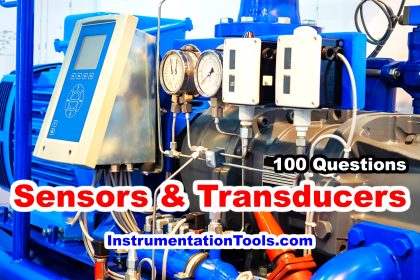








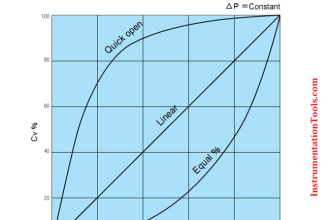
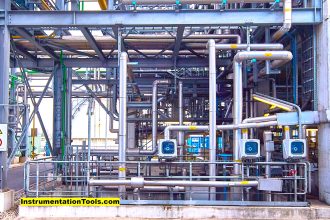

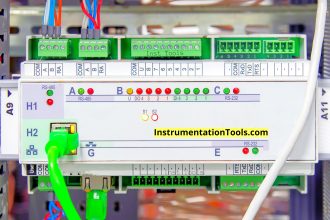


Hello there.
I think it is the Current that is denoted by “I”.
similar charges repel each other. dissimilar charges attract each other.